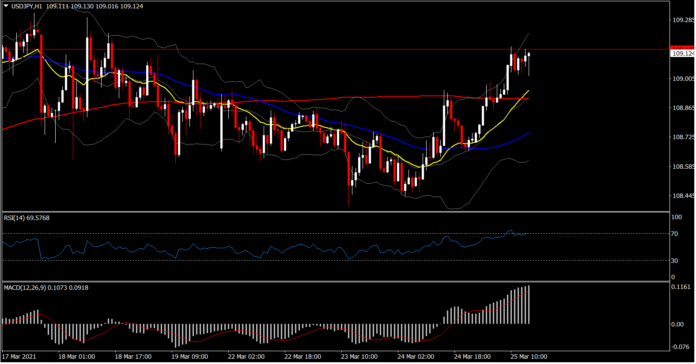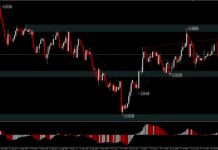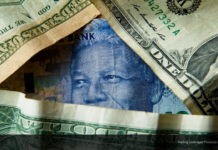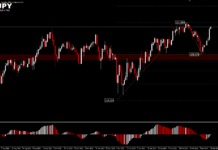US Q4 GDP growth was revised up to a 4.3% rate in the third look at the data, up from 4.1% in the prior report and 4.0% in the Advance release. Government spending was bumped up to a -0.8% rate of contraction versus -1.1% in the second look. Inventories contributed to the uptick, adding 1.37% to growth versus 1.11% previously. And net exports subtracted a little less, -1.53% from -1.55%. Consumption was nudged down to a 2.3% pace from 2.4% previously, and 2.5% initially. Fixed investment was revised down slightly to 18.6% from 19.1% previously. The GDP price index slipped to 2.0% on the quarter from the prior 2.1% clip. The core rate also dipped to 1.3% from 1.4%.
Additionally, initial jobless claims fell -97k to 684k in the week ended March 20 following the 56k gain to 781k (revised from was 740k). This is the first time claims have been under 700k since the 282k pint in the week ended March 13 of 2020, or just before lockdowns saw claims surge to an all time high of 6,867k in the March 27, 2020 week. The 4-week moving average declined to 736k from 749k. Continuing claims dropped -264k to 3,870k in the March 13 week after dipping -8k to 4,134k in the prior week. We assume a 500k March payroll rise after the 379k February gain.
The US Dollar was little changed after the data, which saw Q4 GDP revised higher than consensus, and initial claims fall more than forecast. Continuing claims were sharply lower as well. USDJPY remains near session highs over 109.10, while EURUSD sits at trend lows, just above 1.1800.
Equity futures remain lower, but off worst levels, while yields remain flat to slightly higher.There does not appear to be any single catalyst behind the volatility in equity futures. However, the market continues to gauge the solid pace of the recovery, the vaccine rollout, developments abroad (notably in Europe), further confirmation from Powell that the Fed will not tighten preemptively and prospects for yet more stimulus this year. Nike stock is down -4% in premarket dealings after the firm’s year old comments regarding concerns over cotton sourced from Xinjiang are in the spotlight following the announcement of western sanctions on China. H&M issued a similar statement last year. Both firms now face the risk of a national boycott in China.
Click here to access our Economic Calendar
Andria Pichidi
Market Analyst
Disclaimer: This material is provided as a general marketing communication for information purposes only and does not constitute an independent investment research. Nothing in this communication contains, or should be considered as containing, an investment advice or an investment recommendation or a solicitation for the purpose of buying or selling of any financial instrument. All information provided is gathered from reputable sources and any information containing an indication of past performance is not a guarantee or reliable indicator of future performance. Users acknowledge that any investment in Leveraged Products is characterized by a certain degree of uncertainty and that any investment of this nature involves a high level of risk for which the users are solely responsible and liable. We assume no liability for any loss arising from any investment made based on the information provided in this communication. This communication must not be reproduced or further distributed without our prior written permission.



















